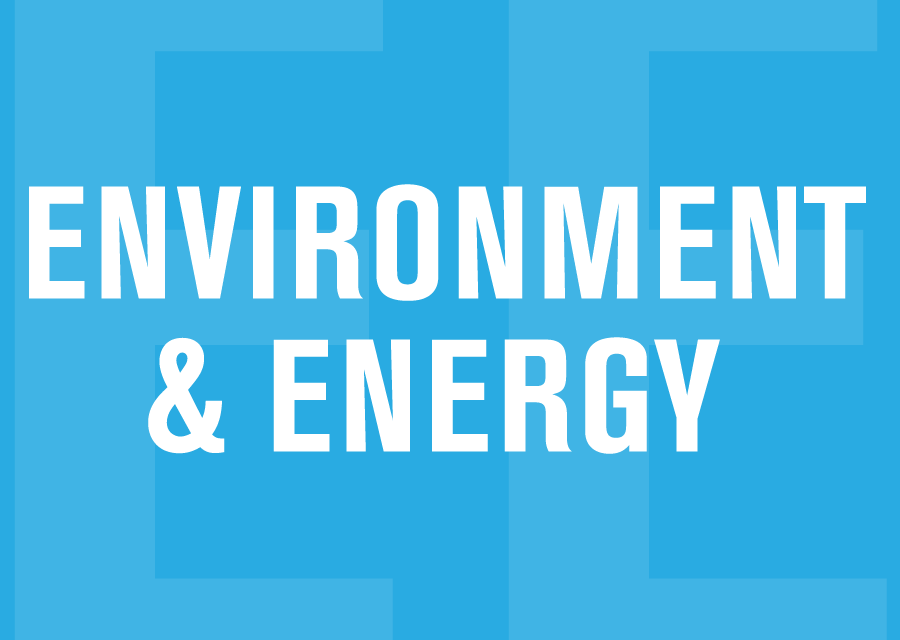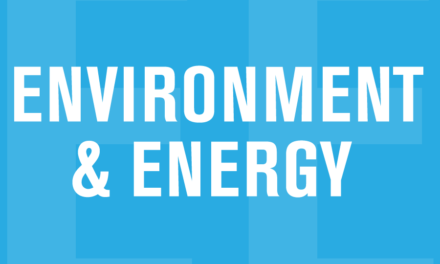Among the several examples of foolery – cutting off oil to B.C., a referendum on equalization – that accompanied his swearing-in as Premier of Alberta last week, one statement by Jason Kenney stood out. The man who had pledged to spend multi-millions on a war room to attack those who say anything negative about the oil industry declared the need “to strike the right balance between environmental protection and economic growth.”
In a story under the headline “Kenney vows to restore balance,” the Globe and Mail reported Kenney’s assertion that “there is no balance in Alberta right now” but it will be restored through “consultation as opposed to the NDP’s path of confrontation.” Anyone who hasn’t had his head in the sand (or some place even darker) will recognize the utter ludicrousness of that statement.
During its four years in power, the Notley government pursued “balance” – literally to a fault. Its policies on carbon emissions were devised with the help of a committee composed of two oil industry reps (one management, one union) and three believers in the fairy tale notion that oil sands expansion and environmental protection could go hand in hand.
The policy package they produced consisted of a carbon tax and a phase-out of coal-fired electricity in return for eventual federal pipeline approval and a green light for a 40 per cent increase (spun as a 100 megatonne ceiling) on carbon emissions from the oil sands. The trade-off was popular enough with Big Oil that four of its major honchos were among those who joined Rachel Notley on stage on Nov. 22, 2015 to announce the Alberta Climate Plan. Leading the quartet was Calgary billionaire wheeler-dealer Murray Edwards of Canadian Natural Resources who expressed appreciation for “the strong leadership taken today by Premier Notley.”[1]
Any confrontation that followed in later years was stirred up not by Notley’s NDP but by reactionary or self-interested oil industry players and partisan Conservatives like Kenney, exploiting anxiety about low oil prices and opposition to carbon taxes, the delay in pipeline construction and the Trudeau government’s general ineptness to seek political gains in Alberta and nationally.
Oil sands emissions increased
Meanwhile, data on greenhouse gas emissions released last month by Environment Canada show that despite Kenney’s nightmarish dark days when “environmental protection” held sway over “economic growth,” carbon emissions in Alberta continued to climb – especially in the oil sands.
| Sector | 2015 | 2016 | 2017 |
|---|---|---|---|
| Total GHG emissions | 275 mt | 264 mt | 273 mt |
| Oil Sands | 68.2 mt | 69.8 mt | 78.0 mt |
| Conventional oil and gas | 62.9 mt | 60.0 mt | 59.0 mt |
| Electricity | 47.8 mt | 42.6 mt | 44.3 mt |
| Transportation | 32.2 mt | 30.8 mt | 30.7 mt |
As the table shows, Alberta experienced a small drop in overall greenhouse gas emissions between 2015 and 2017, entirely due to declines in the electricity, transportation and conventional oil and gas sectors. Meanwhile, emissions from the oil sands grew by almost 10 megatonnes, or 14 per cent, offsetting those reductions and, indeed, any reductions achieved by Canada as a whole.
| 2015 | 2016 | 2017 | |
|---|---|---|---|
| Canada's GHGs including oil sands | 722 | 708 | 714 |
| Canada's GHGs excluding oil sands | 654 | 638 | 636 |
Of greater concern is the possibility that those oil sands emissions are understated. Research reported last month in Nature Communications indicates that emissions from the oil sands could be at least 30 per cent higher than previously estimated. The research, led by scientists from Environment Canada, measured emissions from four major oil sands surface mining operations using air samples collected in 2013 on airplane flights around Fort McMurray. Those four sites alone produced emissions 17 megatonnes higher than the operators – Syncrude, Suncor and Canadian Natural Resources – declared to the federal government using the standard, bottom-up UN-approved reporting framework.
Like good scientists and civil servants the researchers blamed the reporting method and not the companies and said more work is needed to really determine how much carbon pollution is coming from the oil sands. But if the 30 per cent estimate holds, the 100 megatonne ceiling for oil sands emissions would have been surpassed in 2017 – back when, as Kenney would have it, the environment had precedence over the economy in Alberta.
[1] For more details on how the industry wasn’t confronted by the Alberta NDP, read Donald Gutstein’s The Big Stall: How Big Oil and Thank Tanks are Blocking Action on Climate Change in Canada, James Lorimer and Co., Toronto, 2018





